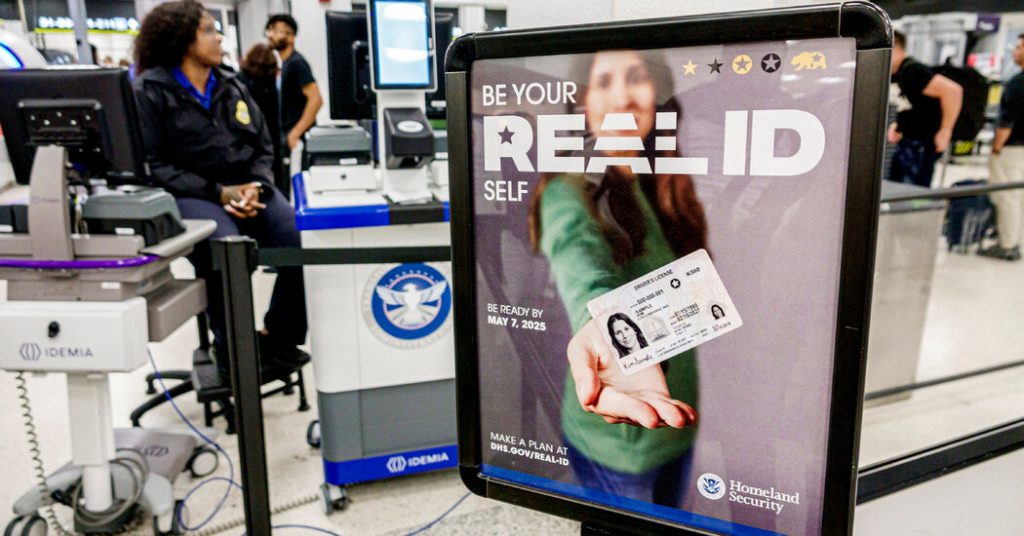For years, the U.S. government has been warning travelers that they will soon need to show a Real ID at airport security, only to keep pushing back the deadline. But Real ID is now reality.
A standard driver’s license or state ID will no longer pass muster at airport security checkpoints. Passengers will instead need to present a security-enhanced, star- or flag-emblazoned Real ID or another approved form of identification like a passport.
The change, nearly 20 years in the making, is meant to enhance security by setting a more consistent standard for state-issued documentation, according to the Department of Homeland Security.
Here’s what you need to know.
Here’s what you need to know:
- What is a Real ID?
- Why is the government requiring Real IDs?
- Do Real IDs take the place of passports?
- What’s an enhanced driver’s license?
- Are there other IDs you can use at the airport?
- How do you get a Real ID?
- Do children and teenagers need Real IDs?
What is a Real ID?
A Real ID is a federally compliant state-issued driver’s license, learner’s permit or nondriver ID. Real IDs are marked with a star — generally gold or black — or an American flag, and vary in appearance by state or territory.
Any resident of a U.S. state or territory who wishes to use a driver’s license or nondriver ID at a T.S.A. checkpoint must make sure that it is Real ID-compliant. Driver’s licenses that do not have the star or a flag are not Real IDs. Some noncompliant IDs will also have the words “Federal limits apply.”


















